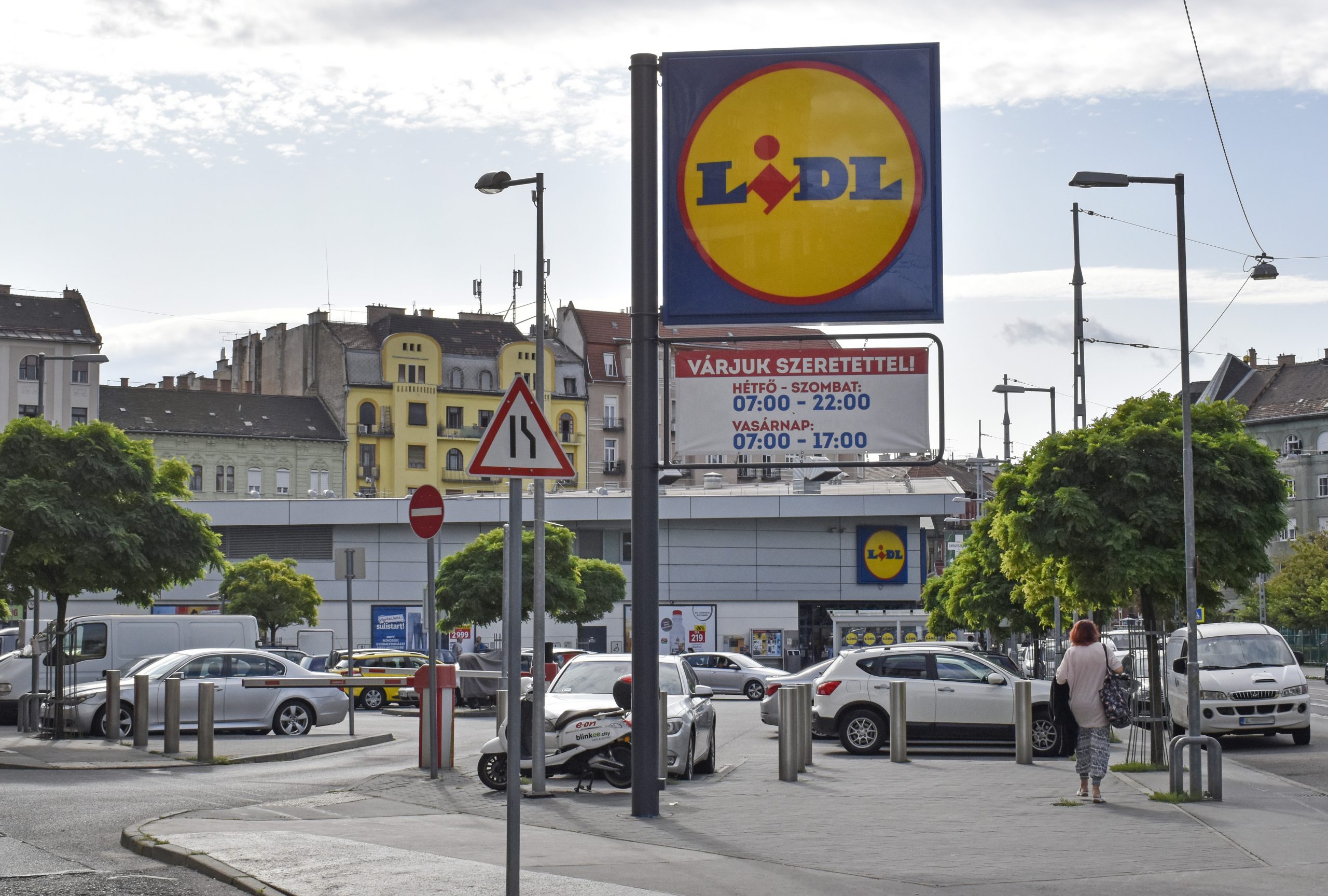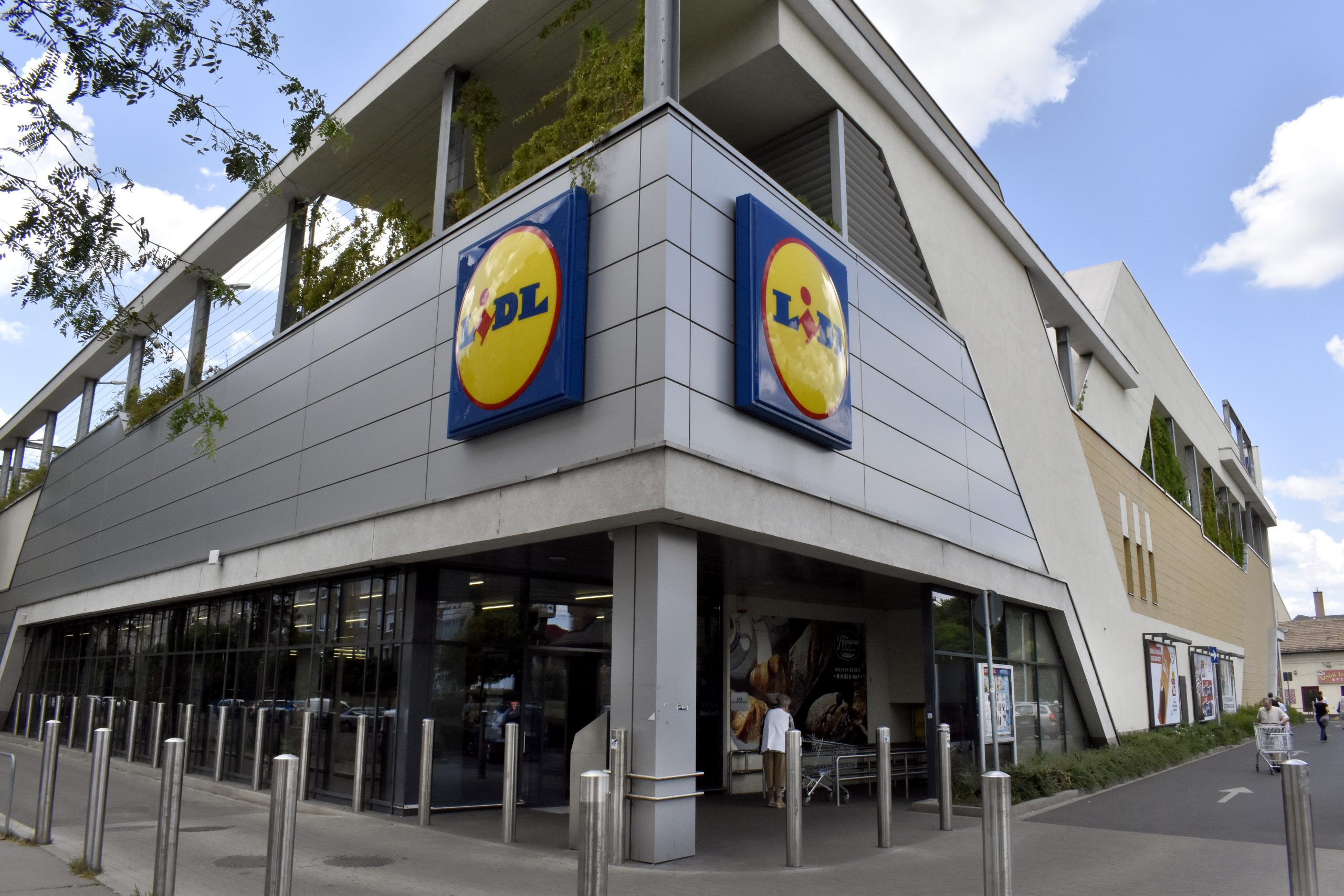
One interesting piece of data out of many: it is 3.5 times more burdensome for a Hungarian family to buy the same thing in the same shop as an English family.Continue reading

Telex compared the prices of products available in Hungarian and Italian Lidl stores in the two countries. A typical shopping basket costs more in Italy, but some products are up to 30 percent cheaper there.
The phenomenon was previously covered by G7, who used their own shopping lists to compare Austrian, British, and French Aldi and Lidl stores with their domestic counterparts.
It’s difficult to get an accurate idea of the euro exchange rate because of fluctuations, but the prices of Italian products have been converted into forint at an exchange rate of 357 HUF.
Telex has put together a shopping basket of 27 products. They tried to take an average Hungarian family’s weekend shopping as a starting point, leaving out from the original list the foods they thought were under-used, seasonal, or expensive. They were also unable to compare products that are only available in one country.
The price of a shopping basket is 16,731 HUF (less than 50 euros) in Hungary and 21,582 HUF (EUR 60) in Italy, a difference of 30 percent. This difference is largely due to meat products.
If one takes chicken breast, pork chops, and salami out of the basket, the price in Hungary is only 12,555 forints (EUR 35), compared to 14,366 (EUE 40) in Italy. This is a difference of only 16%.
On Telex‘s original list, there were 41 products. Out of these, there are some items that are significantly more expensive in Italy than here.
Some of these are due to cultural differences (e.g. Italians don’t eat as much bread as Hungarians), others are priced differently for major brands (e.g. Milka, Coca-Cola), and there are big differences for perishable, labor-intensive foods (meat, vegetables, some fruit).
The list above shows that bread in Italy costs three times as much as in Hungary. There is also a more than two-fold difference between chicken breast and onions, for which no explanation could be found, other than that they are not eaten as much elsewhere as in Hungary. There is a price difference between Coca-Cola and Milka chocolate as well, which are international brands.
The difference between canned beans and canned tomatoes is 30 percent or more, and there is no obvious explanation. One can understand why olive oil, spaghetti pasta, and mortadella, essential ingredients in Italian cuisine, are cheaper in Italy, but there is a striking difference in dairy products, too.
The basket of goods costs less in Hungary as a whole but there are other factors to consider.
The most recent official average net wage available in both countries is from 2020. In that year, it was €1,770 per month in Italy, which is HUF 631,890 at today’s exchange rates, compared to HUF 268,405 per month in Hungary, which are EUR 1770 compared to more than EUR 750. In the absence of more recent data, these were compared by Telex.
So an average weekend shopping at Lidl costs 6.16% of the average net monthly wage in Hungary, compared to Italy at only 3.41%.
In Hungary, with a few exceptions, a world-record 27 percent VAT applies to almost everything, with the only exceptions being meat, eggs, and milk. In Italy, on the other hand, foodstuffs are generally subject to 4 and 10 percent VAT, with only products such as toilet paper and Coca-Cola paying the full 22 percent.
Of the HUF 16,532 (EUR 46) in the shopping basket in Hungary, 2,675 taxes (almost 8 euros), or 16.2 percent of the money we pay, go to the state. In Italy, this is the equivalent of 1,662 forints (less than 5 euros) out of 21,582 (more than 60 euros) or 7.7 percent of the bill. So in total, Hungarians pay proportionally more than twice as much tax at home as Italians do.
A net comparison of the shopping basket shows an even greater price difference: if one deducts tax and looks only at what Lidl charges for these products, the result is 13,857 forints (less than 40 euros) compared with 19,920 (more than EUR 55), a difference of 44%. So in Italy, Lidl charges almost one and a half times as much for the same products.
Source: Telex
Featured image via László Róka/MTVA